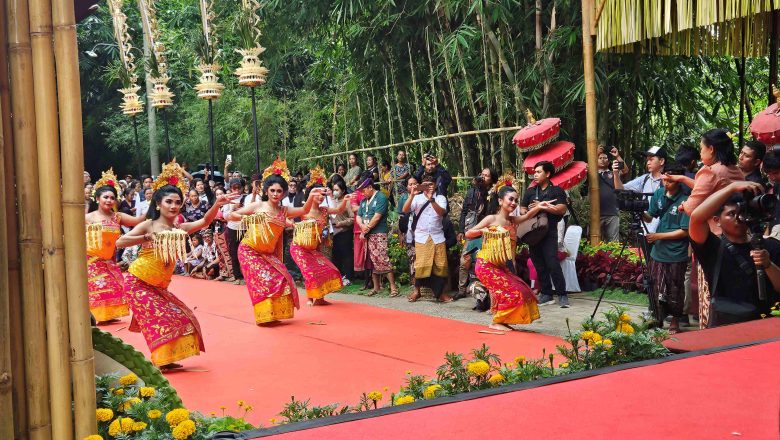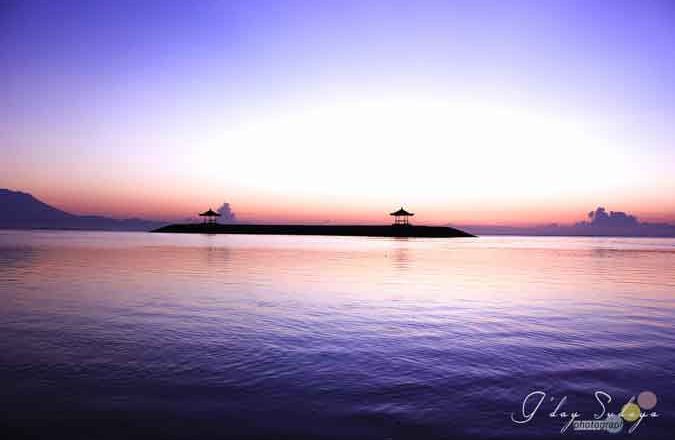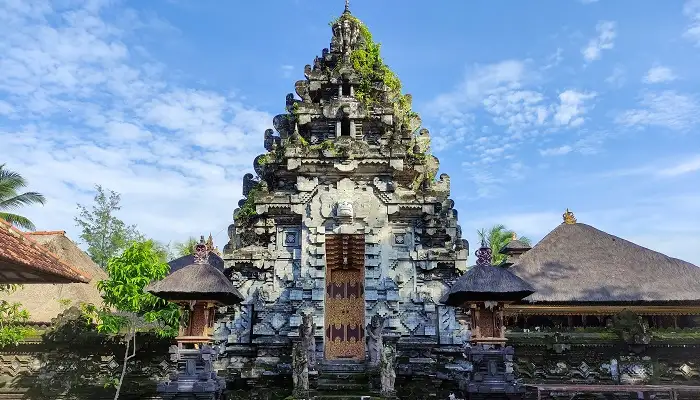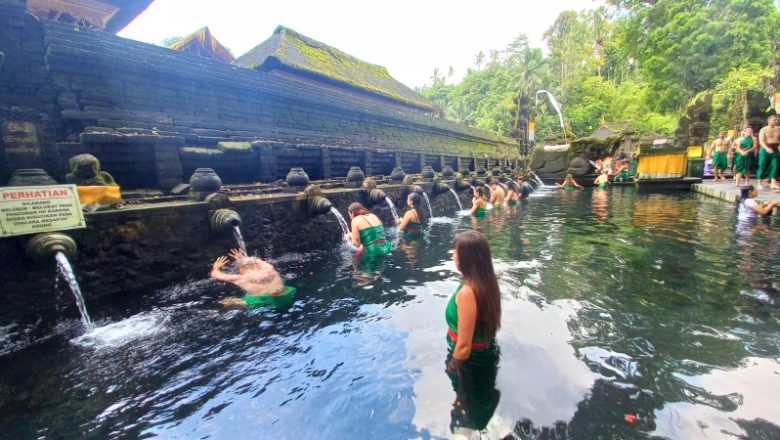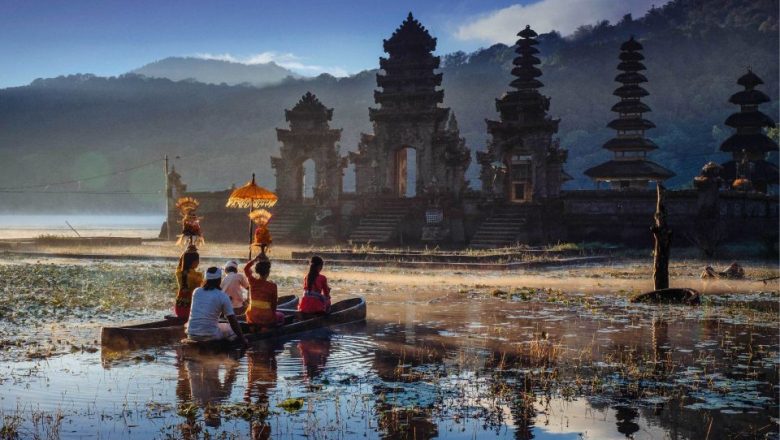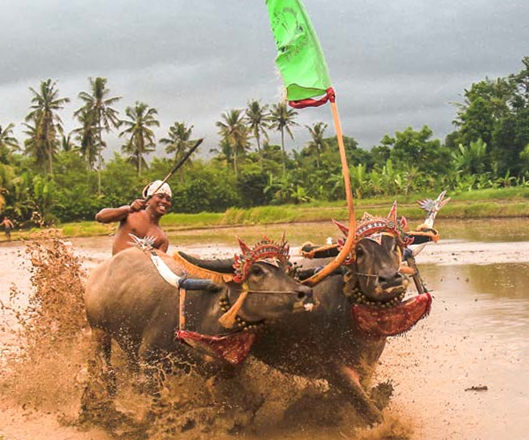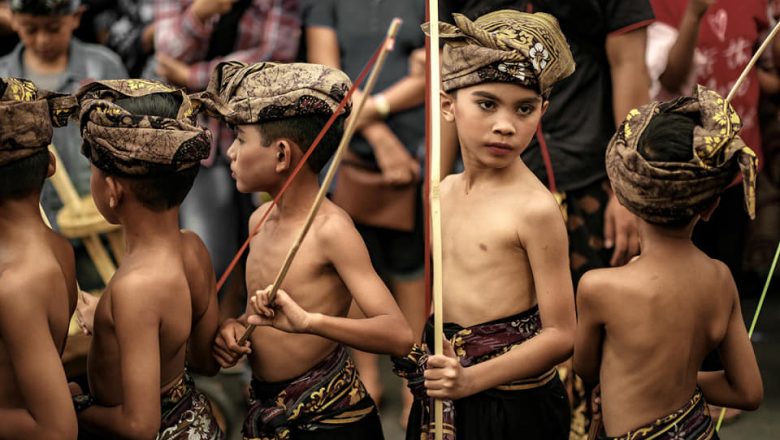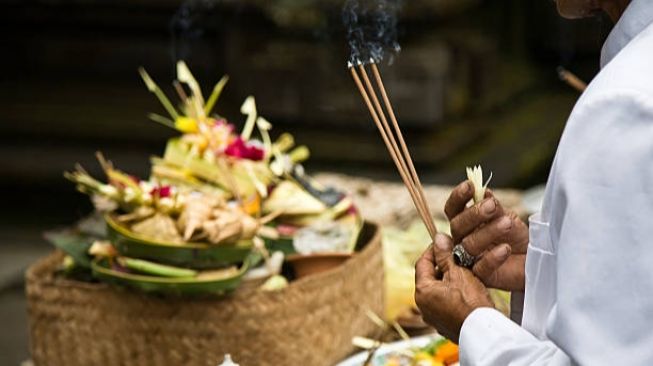
Tumpek Landep Metal Cerremony
The Tumpek Landep ceremony in Bali is a significant religious event dedicated to Sang Hyang Pasupati, the god of metal. It is part of the Balinese Hindu calendar and is observed every 210 days (which is based on the Balinese Pawukon calendar system).
During Tumpek Landep, Balinese Hindus offer prayers and blessings for objects made of metal, such as tools, vehicles, and other mechanical equipment. The ceremony is meant to honor and show gratitude for the role these objects play in daily life, as well as to ask for divine protection and guidance in using them responsibly.
Families and communities gather at temples or their homes for prayers and rituals conducted by Hindu priests. Offerings are made to invoke spiritual energy into the metal objects, ensuring their functionality, dura...


